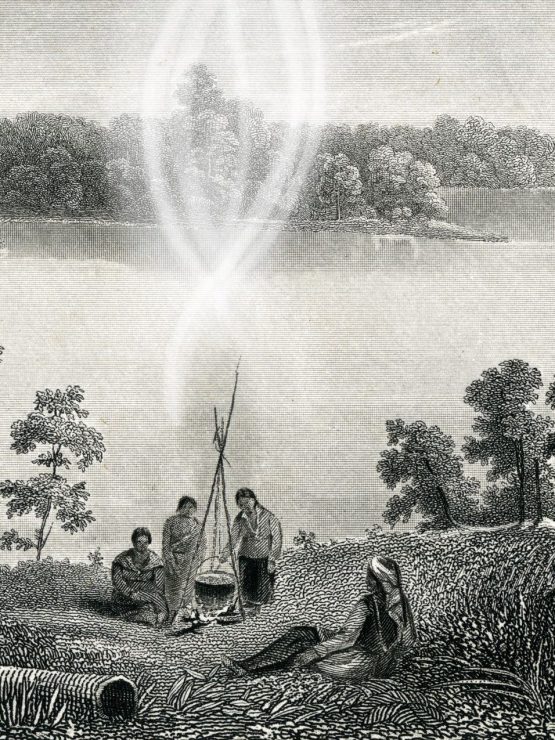
Homelands: Native Nations of Allegheny
Take an in-depth exploration of the history and culture of American Indian tribes who once called Western Pa. home inside the Fort Pitt Museum’s new exhibition, Homelands: Native Nations of Allegheny, open now.
Created in collaboration with federally recognized Delaware, Seneca, Seneca-Cayuga, and Shawnee tribes, the exhibition will illuminate the past, present, and future of the region’s Native tribes with rare artifacts and new scholarship.
Three centuries ago, Delaware, Haudenosaunee (Iroquois) and Shawnee tribes migrated to the upper Ohio and Allegheny Valleys, close to present-day Pittsburgh. Fleeing colonial settlements, searching for elbow room, and, in some cases, returning home after decades in exile, they adopted it as their own. When Pennsylvania traders told colonial officials about these new communities, they referred to the area by a name still in use today: Allegheny.
The Native settlers who came to this region lived in relative peace for more than a generation before the Seven Years War and American Revolution forever altered their way of life. Set on a path that ultimately forced them from the region and threatened their survival, the connections between these peoples endure to the present day, a distant reminder of the time they lived together in what is now Western Pa.
The Homelands: Native Nations of Allegheny exhibition features dozens of objects on loan from American Indian tribes – including domestic objects, decorated moccasins, pouches, and contemporary arts and crafts – along with artifacts and imagery from the collections of the Pennsylvania Historical and Museum Commission (PHMC) and the Heinz History Center.
Highlights include:
• A carved wood spoon with frog effigy handle on loan from the Onöhsagwë:de’ Cultural Center (Seneca Nation of Indians) in Salamanca, N.Y.
• A Seneca-Cayuga boy’s dance outfit made by tribal member Patty Harjo Shinn for her son William.
• A pair of 1930s beaded moccasins owned by Betty Admussen, on loan from the Eastern Shawnee Tribe of Oklahoma.
The Homelands: Native Nations of Allegheny exhibition, on view through December 2025, is generously supported by the Laurel Foundation and the Pennsylvania Historical and Museum Commission (PHMC), with support from Heinz Endowments, Richard King Mellon Foundation, the Allegheny Regional Asset District (RAD), and Visit Pennsylvania.
